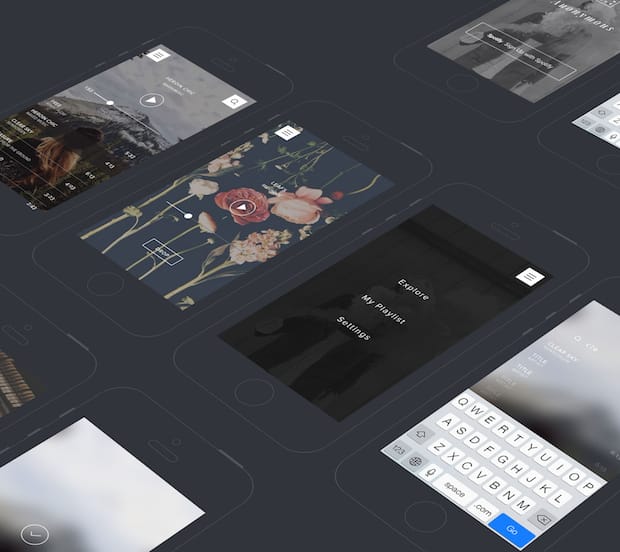Comfortably oscillating between print and digital projects, this recent Central Saint Martins graduate marries functionality with impressive aesthetics without ever taking his eye off user experience.
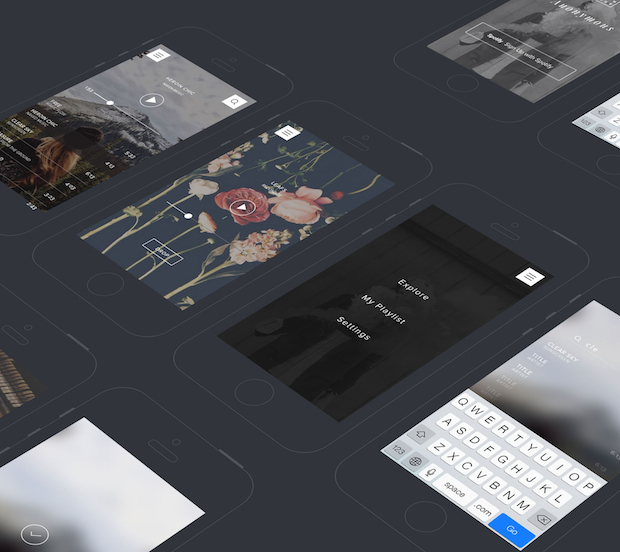
Tell us about your Anonymous project.
Anonymous was created with the idea of allowing people to curate and share their unique taste in music without an identity, and explore a variety of curated music from other people. It focuses on each user’s taste in music rather than who they are. Each user only has a single playlist which defines their music taste. Anonymous is not about following friends or favourite artists, but the goal is to be exposed to something out of the ordinary. I came up with this concept after realising that the most existing music platforms are based on very specific interests, but never really give your the chance to explore something out of your comfort zone.


Your Spirit of Japan editorial project is particularly beautiful. Are there overlaps in your approach to digital and print projects?
I usually have a different approach for digital and print projects. My print projects are usually personal and mostly begin with a concept rather than a problem. I believe that the way we perceive the world is hugely influenced by our cultural value and our backgrounds. I aspire to create things that capture various ways of viewing the world around us, such as how we feel and react to things that we interact with and see in our everyday lives, especially those we tend to overlook.
The term ‘digital’ for me primarily focuses on web and application design. There my primary goal is to solve problems for people, and make technology more useful, humane, and responsive to human needs. I am constantly curious about people’s behaviour, and what delights and intrigues users. Designing this kind of technology can often be very complex, and it is easy to lose focus during the process, so I try to remind myself that what I am building should always tie back to its original goal. With digital striking a balance between the user’s needs and your vision is fundamental. But these things always differ from company to company, dependant on specific constraints and target audiences. Therefor I try to be as selfless as possible so that I can be more adaptive.
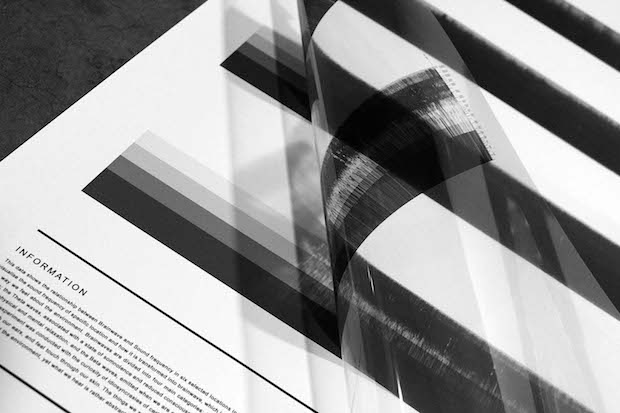
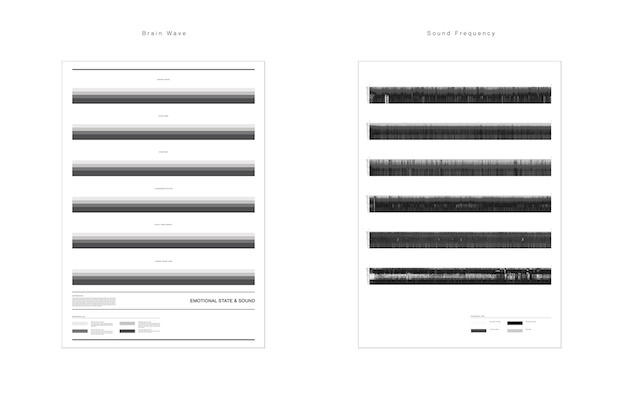
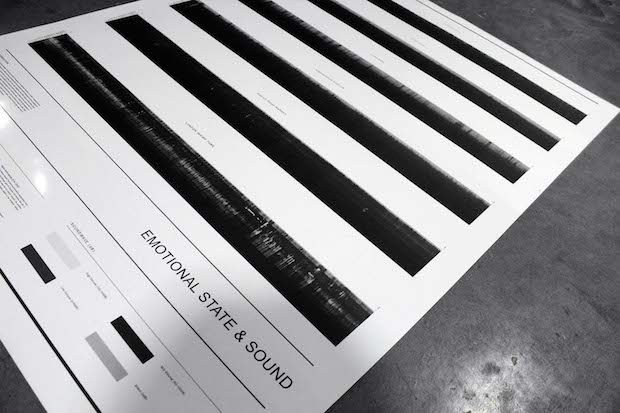
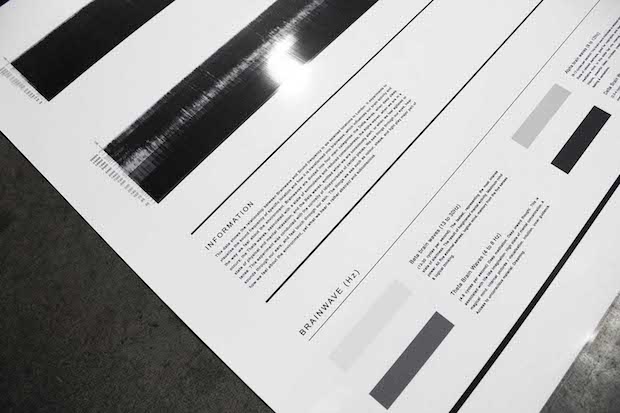
Tell us about a project that has particularly challenged you and why?
I would say Spirit of Japan was very challenging. It required many experiments to come up with a symbol that represents the unique attributes of Japan. Getting the right alignment of the circles, which simultaneously represent the colours of Japanese seasons and symbolises the national flag, was extremely tricky. I wanted to create a book that reminds the audience about Japan in unique way without losing its functionality. The construction of the book was the most challenging part of the project.
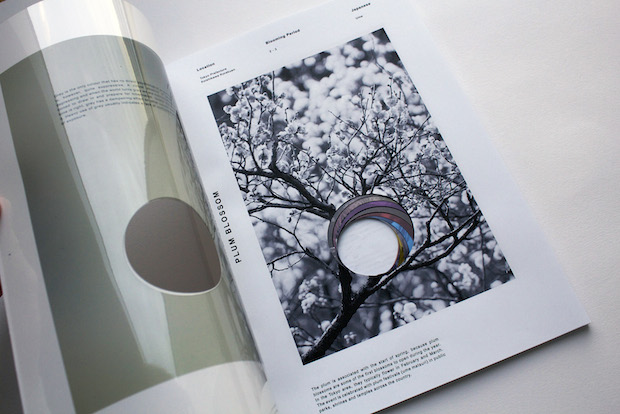
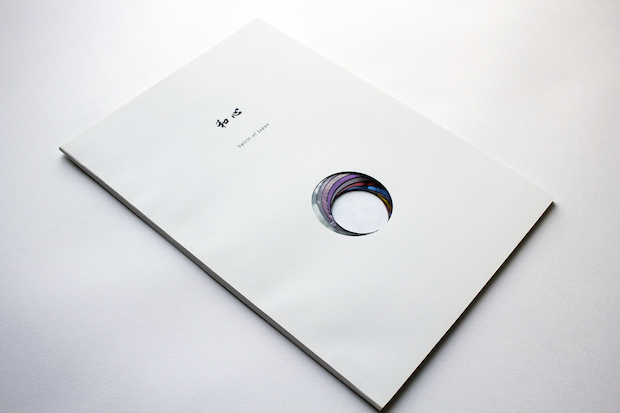
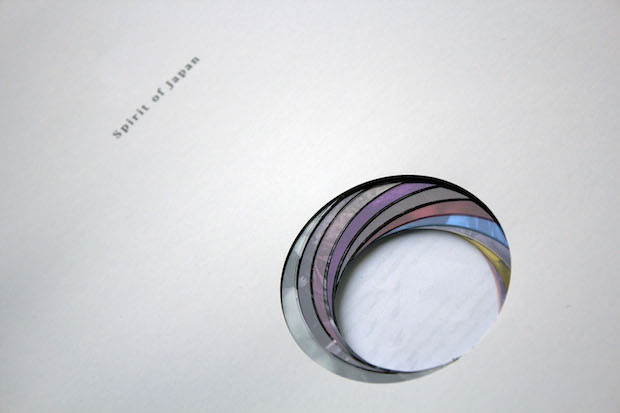
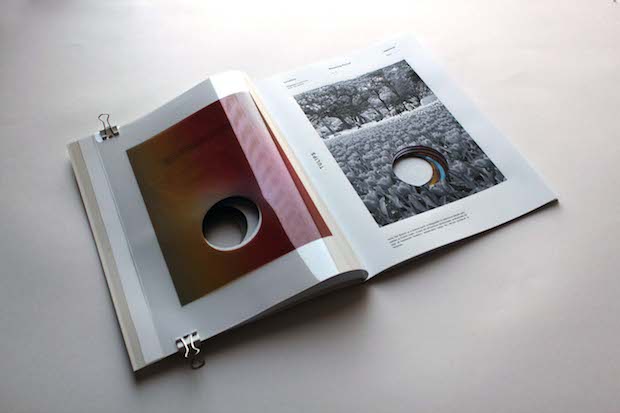
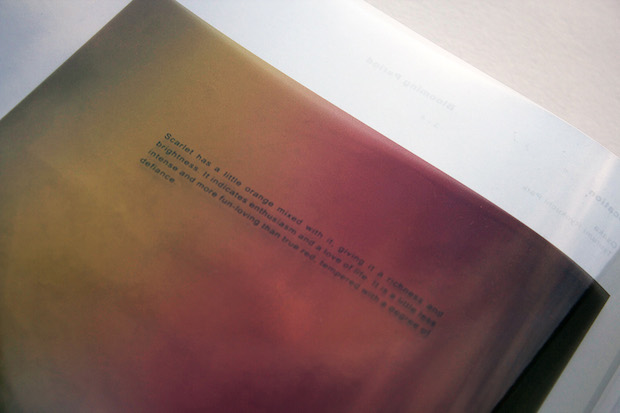
What have you been working on since you graduated?
I am mainly working as a freelance UI/UX designer, specialising in web and app design. I am currently with a small firm based in central London working on its new product and web development.
What would be a dream project?
As I grew up in multi-cultural environment, I’ve always had a curiosity about how people perceive the world differently and how perception and cultural value changes the way people think. Because of this I’ve always been interested in working on a project that can connect people across the countries in large scale.
hnd.im

